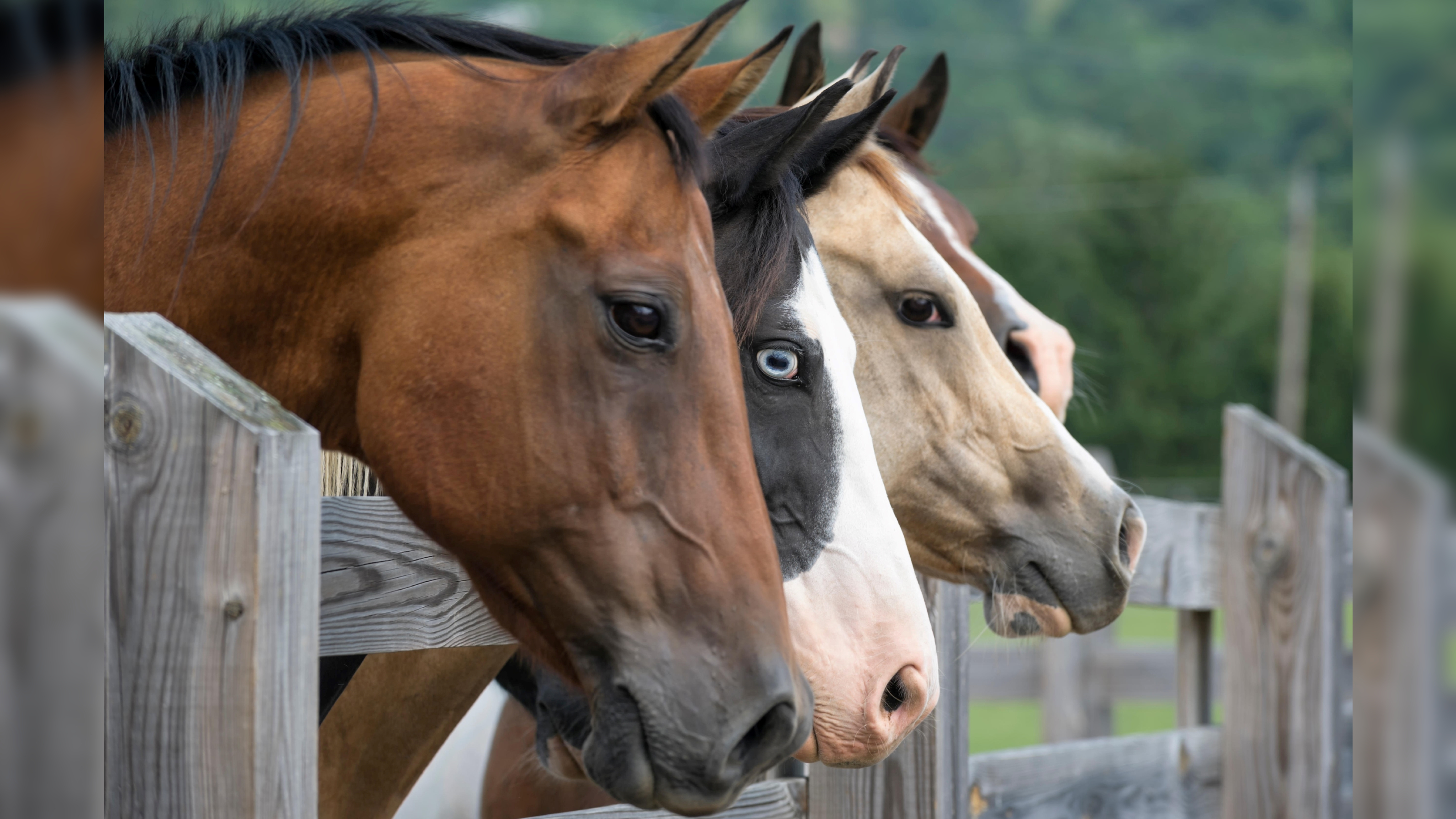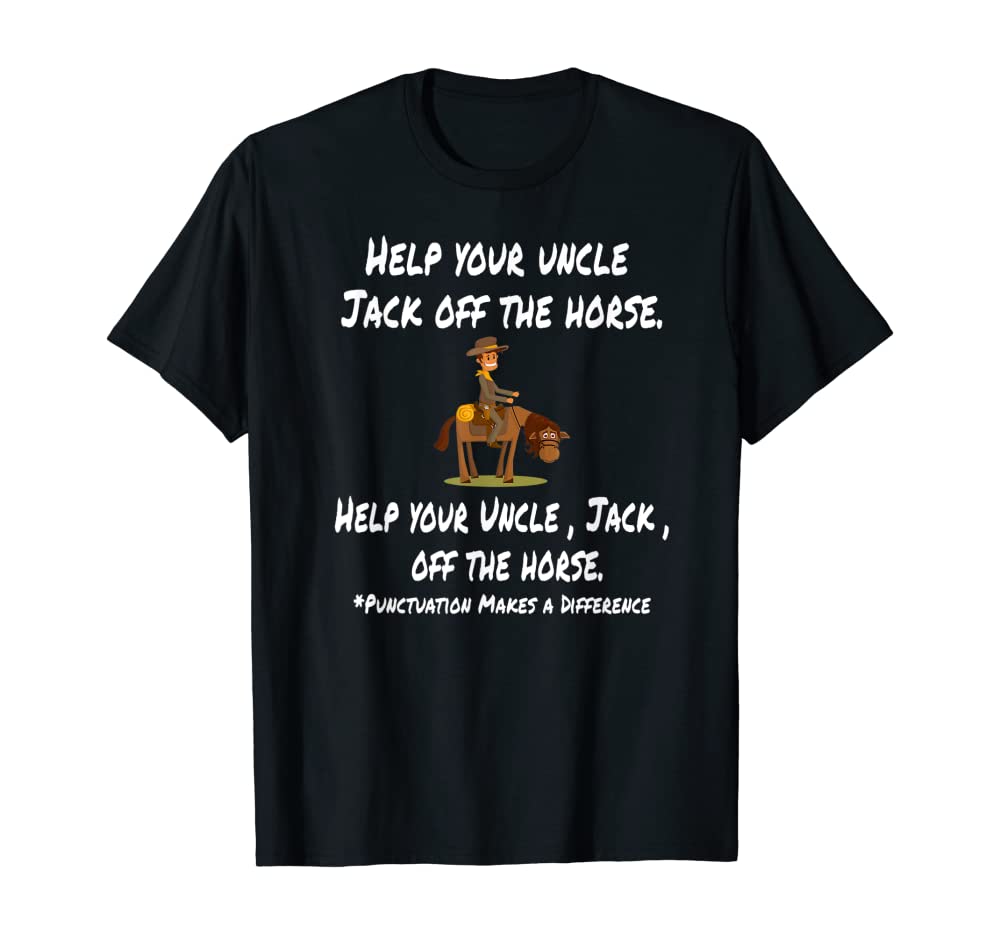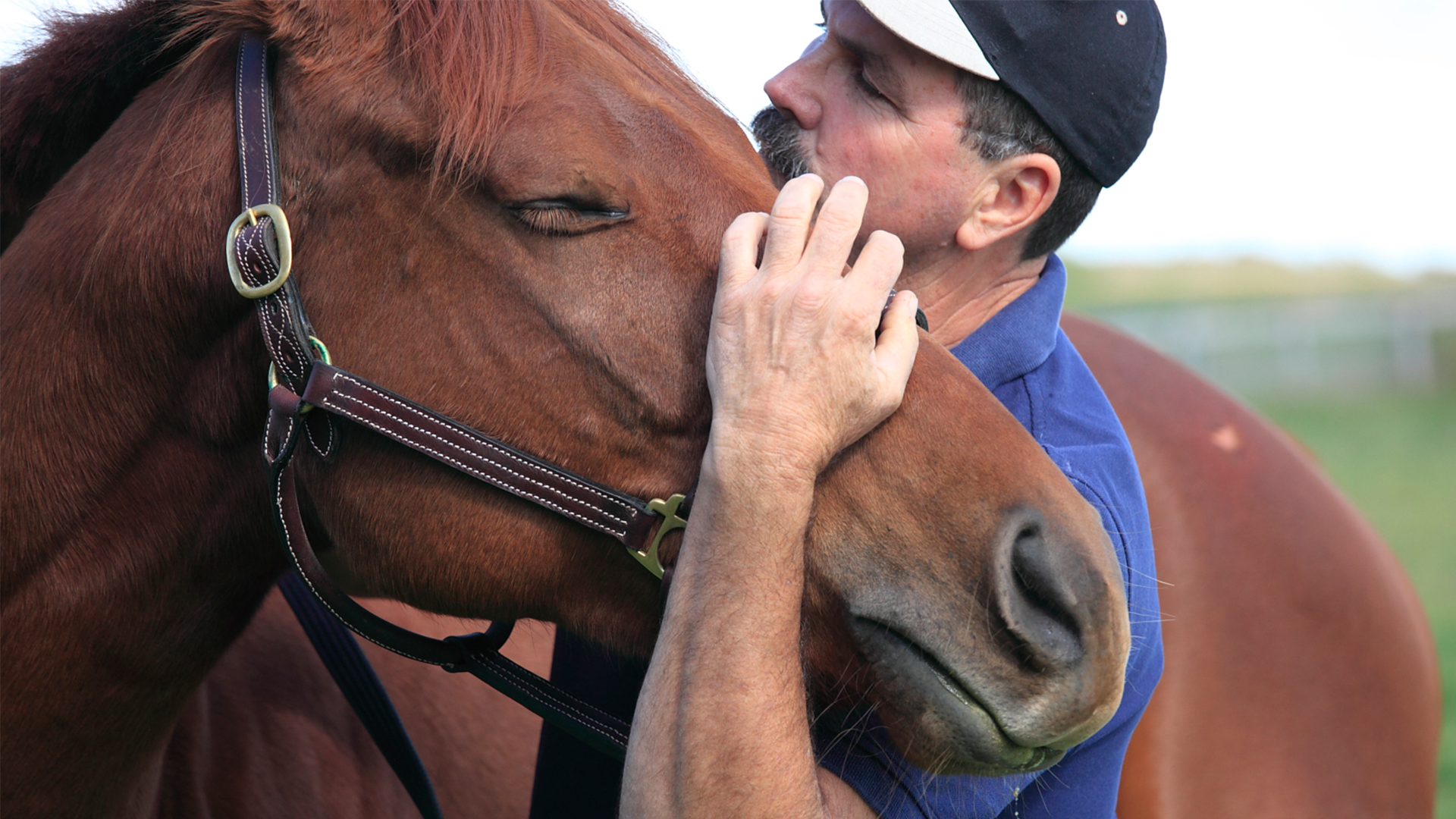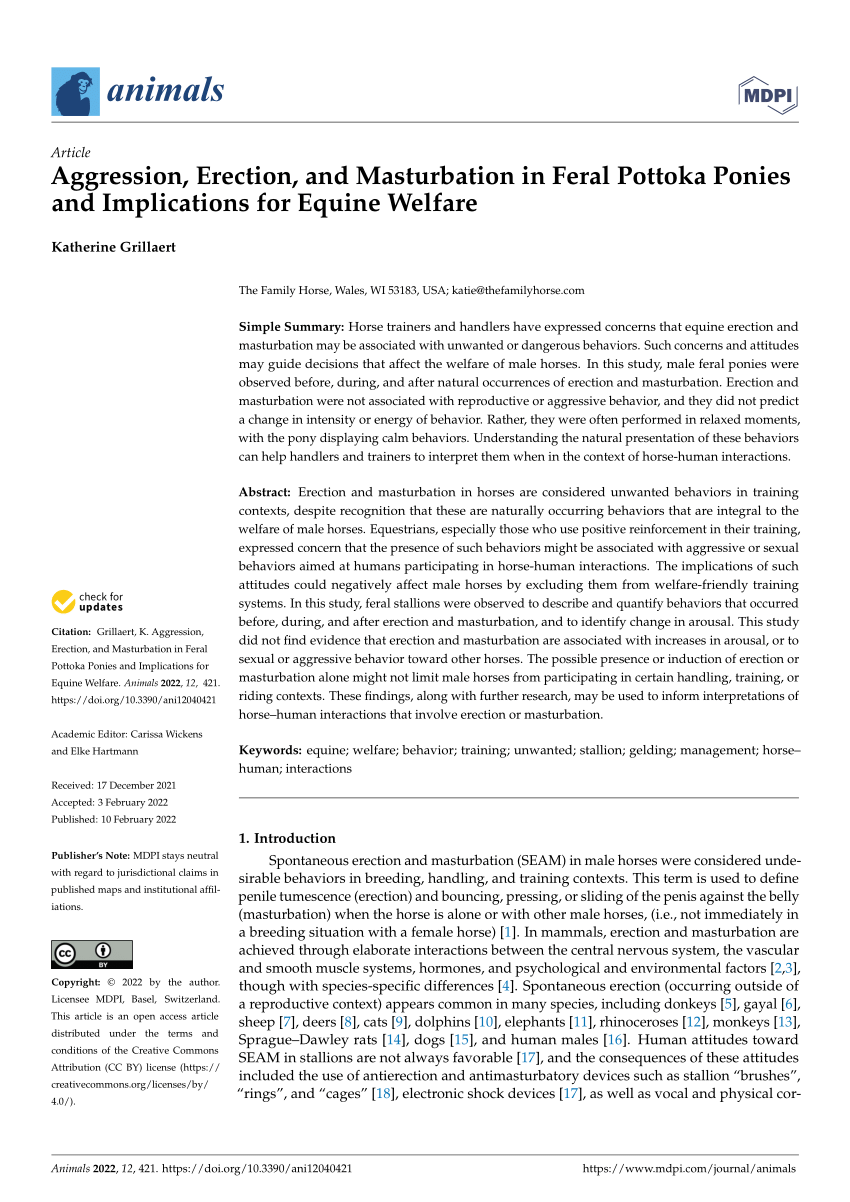In the world of equine management, certain practices may seem peculiar to the uninitiated. One such practice is the collection of semen from stallions, colloquially referred to as “jacking off” horses. This process is a cornerstone of modern horse breeding practices, ensuring the propagation of specific traits and genetic qualities. Here’s a concise explanation:
- Primarily, semen is collected for breeding purposes, allowing for the continuation of desired horse breeds and characteristics.
- Artificial insemination provides more control over the breeding process, mitigates mating injuries, and helps prevent disease transmission.
- The economic aspect is significant as well, with the ability to transport genetic material globally rather than the horse itself, thus saving on costs.
- Properly conducted, the procedure aligns with animal welfare standards and is considered ethical.
The Significance of Controlled Equine Masturbation in Breeding

Controlled equine masturbation is more than an oddity; it’s an essential aspect of horse breeding that enables the collection of valuable genetic material. In a structured setting, professionals can capture and utilize this material to advance the quality of horse breeds. This section explores the detailed considerations and ethical approaches in stallion semen extraction for equine reproductive management.
Strategic Preservation and Enhancement of Equine Genetics
Strategic preservation of horse semen aligns with the broader goals of enhancing and sustaining horse populations. This strategy includes:
- Securing the genetic legacy of exceptional but vulnerable stallions.
- Supporting genetic studies to understand and combat hereditary equine diseases.
- Enriching genetic diversity to bolster equine breeds in various regions.
This foresight contributes to the health and vitality of horse breeds on a global scale.
Refining Stallion Semen Extraction Methods
Examining the methods used for semen extraction reveals a commitment to animal welfare. Equine experts may employ artificial aids such as a phantom mare coupled with gentle manual stimulation or an artificial vagina. These methods are designed to prioritize the stallion’s comfort and minimize stress.
Expert Handling: The Key to Successful Semen Collection
Skillful handling is integral to semen collection, necessitating abilities such as:
- A thorough understanding of equine behavior for smooth cooperation during the process.
- Proficiency in the application of collection tools and techniques.
- Attentive observation to ensure the stallion remains at ease.
These skills are honed through dedicated training, underscoring the professionalism required in equine reproductive management.
Long-Term Storage and Utilization of Stallion Semen
Collecting stallion semen also involves its preservation for future breeding opportunities. Techniques like cryopreservation demonstrate the strategic planning inherent in equine reproductive management. This method secures the genetic contributions of valuable stallions, preserving their lineage for posterity.
Upholding Ethical Standards in Reproductive Management
Central to semen extraction is the adherence to ethical standards. This entails:
- Following strict guidelines that emphasize the stallion’s welfare during the collection process.
- Ensuring consistent veterinary supervision to safeguard the stallion’s health.
- Maintaining open and ethical communication between all stakeholders.
Through these practices, equine reproductive management not only achieves its breeding objectives but also exemplifies responsible animal stewardship.
Progressive Techniques in Horse Breeding

The dynamic field of horse breeding is witnessing a surge in innovative approaches and technological applications, aimed at enriching the genetic pool and promoting the health of horses. This progress includes scrupulous scientific investigations and the incorporation of sophisticated methodologies to bolster breeding success.
Biotechnological Innovations in Genetic Selection
Advanced biotechnological methods are reshaping the landscape of artificial insemination in horses. By identifying genetic markers, breeders are now able to make selections with unprecedented precision, targeting specific traits to enhance the caliber of progeny and advance the breed standards.
- Employing genomic selection tools to forecast performance and health predispositions.
- Conducting DNA tests for accurate ancestry confirmation.
- Pre-emptive screening for hereditary conditions to elevate breed vitality.
Improvements in Semen Quality through Nutrition
Dietary science is integral to the improvement of semen quality in stallions, with tailored nutrition plans contributing to better fertility rates. By optimizing the diet, the reproductive health and the endurance of the breeding stock receive a significant boost.
- Adding Omega-3 fatty acids to diets to fortify sperm cell membranes.
- Ensuring a sufficient supply of vitamin E and selenium to aid sperm motility.
- Personalizing nutrition programs to suit the unique requirements of each stallion.
Innovative Approaches to Semen Analysis
Technological advancements in semen analysis permit thorough assessment of semen without invasive procedures. Tools like computer-assisted sperm analysis (CASA) enable detailed evaluations that are vital for making enlightened breeding choices.
- Utilizing sophisticated imaging for in-depth sperm structure inspection.
- Applying flow cytometry for the examination of sperm DNA integrity.
- Adopting precise algorithms for accurate measurement of sperm movement.
Technological Breakthroughs in Semen Storage and Sex Selection
Advancements in cryopreservation have significantly raised the success rate of preserving viable semen over extended periods. Emerging sperm sexing techniques also present the possibility of predetermining the gender of offspring, a tool with substantial implications for breeders.
- Introducing novel cryoprotectants that minimize freezing damage to sperm.
- Enhancing thawing methods to ensure optimal post-thaw sperm vitality.
- Investigating methods like fluorescence-activated cell sorting to influence offspring gender.
Expanding Breeder Access to Reproductive Expertise
The reach of advanced reproductive techniques has grown, eliminating geographical barriers and offering breeders everywhere the opportunity to engage in equine artificial collection. Through mobile units and teleconsultation, breeders gain access to expert advice and services, thus enriching genetic diversity across the equine community.
- Creating satellite breeding centers with top-tier reproductive technology.
- Offering remote consultations for guidance from reproductive specialists.
- Simplifying the international exchange of semen with efficient transport and customs processes.
Embracing these advancements, the domain of equine reproductive management is keeping pace with scientific breakthroughs, ensuring a prosperous and sustainable future for the practice of horse breeding.
Understanding Equine Sexual Conduct

Exploring the sexual conduct of horses is crucial for a thorough comprehension of their biological and reproductive characteristics. It is vital to respect these natural inclinations and integrate them into responsible breeding methodologies. Such an approach promotes the welfare of these animals within the confines of ethical breeding programs.
Distinguishing Natural Behaviors in Stallions
Monitoring the natural sexual activities of stallions offers insight into their sexual well-being. These behaviors, while sometimes purely instinctual, can also provide relief from stress or indicate readiness for mating. Recognizing and understanding these actions are key to managing a healthy and balanced equine population.
- Observing indicators of self-stimulation and arousal in group environments.
- Using behavior frequency as a measure of a stallion’s well-being.
- Exploring the impact of such behaviors on social order within groups of stallions.
Assistance in Semen Collection
When natural mating is impractical or to safeguard the genetic material of valued stallions, facilitated semen collection is conducted with expertise and consideration. This procedure involves precise methods and a respectful approach towards the animal’s dignity.
- Detailing circumstances that necessitate assisted semen collection.
- Describing the settings and implements utilized to enable this process.
- Emphasizing the importance of handler skill in ensuring a respectful procedure.
Environmental Influences on Sexual Conduct
The living conditions of horses significantly affect their sexual conduct. By optimizing these conditions, caretakers can promote a supportive environment that encourages healthy sexual conduct and reduces stress-related behaviors.
- Considering how living space and privacy affect stallion behavior.
- Investigating the impact of group dynamics on sexual expression.
- Providing enrichments that allow natural conduct while decreasing stress.
Sexual Conduct as a Health Gauge
Alterations in a stallion’s sexual activities may be reflective of its health, with veterinarians using these changes as part of thorough health evaluations. This ensures that any unusual behavior is addressed timely and effectively.
- Establishing benchmarks for typical sexual conduct in horses.
- Linking changes in sexual patterns to possible health issues.
- Incorporating behavior observations into routine health examinations.
Training Stallions for Breeding
Systematic behavioral training is essential to prepare stallions for breeding. This process acclimates them to the breeding environment and practices, reducing anxiety and promoting collaborative behavior, thereby facilitating a more humane semen collection.
- Describing the steps to ready stallions for breeding.
- Stressing the role of consistent training and routine.
- Advocating for positive reinforcement to foster agreeable behaviors.
Properly addressing horse sexual behavior, including innate tendencies towards equine masturbation, is an integral part of considerate equine management. This approach helps maintain their health and advances ethical breeding programs that honor the natural behaviors and quality of life of horses.
If you’re delving into the intriguing behaviors of horses, you might find our related articles quite enlightening. Understanding why horses exhibit certain behaviors can provide a deeper insight into their well-being and care. For example, you can learn about the reasons behind a horse’s need to buck in our article on why horses buck. Similarly, if you’ve ever observed a horse yawning and wondered about the cause, our piece on why horses yawn can shed some light on this behavior. Additionally, the practice of horseshoeing is steeped in tradition and practicality, and you can explore its significance in our explanation of why horses are shod. Each article provides a fascinating glimpse into the equine world, enhancing our understanding of these magnificent creatures.
Ethical Considerations in Horse Breeding

Animal Husbandry Techniques and Welfare
Animal husbandry techniques have evolved to prioritize the welfare of the horse. Ethical considerations in breeding underscore the responsibility to ensure that any intervention aligns with the highest standards of animal care. From the diet to the living conditions, every aspect of a horse’s life can influence semen quality and, consequently, the success of breeding efforts.
Navigating the Ethics of Equine Artificial Collection
The ethics of equine artificial collection are complex, involving not only the welfare of the animals but also questions of economic disparity among those involved in the process. Ensuring that ethical practices are followed from semen extraction to the final transaction is vital. The welfare of the animals and fairness to the handlers must be at the forefront of equine reproductive management decisions.
In conclusion, the practice of collecting semen from stallions is a multifaceted endeavor that serves a critical role in horse breeding practices. From ensuring genetic diversity to supporting animal welfare, the process is steeped in both tradition and innovation. As ethical considerations continue to shape the field, it remains essential to uphold the highest standards in equine care and breeding techniques.



